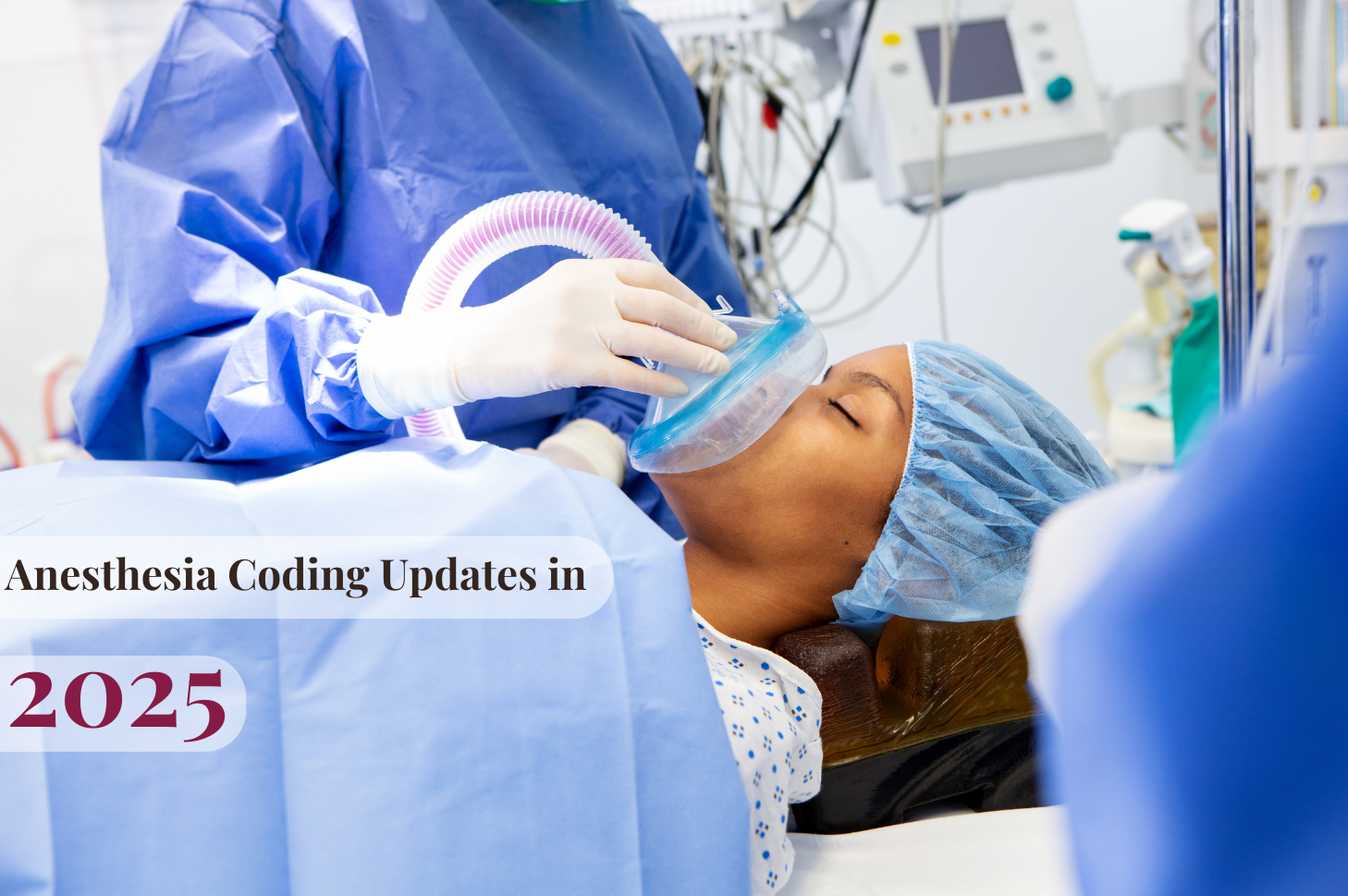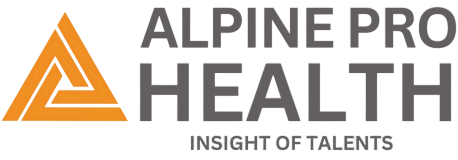As the medical field continues to evolve, staying abreast of the latest anesthesia coding changes is paramount for healthcare providers. The year 2025 brings noteworthy updates to anesthesia code, aimed at enhancing efficiency, accuracy, and consistency in billing and documentation. This article will delve into the key changes and their implications for anesthesia practitioners.
Introduction of New Fascial Plane Block Codes
A major update in 2025 is the introduction of new fascial plane block codes. These codes are specifically designed to streamline the reporting process while also reducing reliance on unlisted procedure codes, such as 64999. The new codes are as follows:
- 64466: Thoracic fascial plane block, unilateral; by injection(s), including imaging guidance.
- 64467: Thoracic fascial plane block, unilateral; by continuous infusion(s), including imaging guidance.
- 64468: Thoracic fascial plane block, bilateral; by injection(s), including imaging guidance.
- 64469: Thoracic fascial plane block, bilateral; by continuous infusion(s), including imaging guidance.
- 64473: Lower extremity fascial plane block, unilateral; by injection(s), including imaging guidance.
- 64474: Lower extremity fascial plane block, unilateral; by continuous infusion(s), including imaging guidance.
These new codes aim to minimize claim denials associated with reporting unlisted procedure codes, thereby expediting the reimbursement process and reducing the workload involved in appeals.
Bundling of Imaging Guidance
Another significant modification is the bundling of imaging guidance into the new fascial plane block codes. This change inherently includes imaging guidance in the codes, eliminating the need for separate reporting of imaging services. The alteration aims to improve efficiency and coding accuracy, making it easier for providers to document and bill for these services.
Changes in Post-Operative Pain Management
The updates to the fascial plane block codes have far-reaching implications for post-operative pain management. Anesthesia providers no longer need to separately report post-operative pain management services. These are now integrated into the surgeon’s global fee for the procedure.This adjustment simplifies billing and alleviates the administrative burden on providers.
Introduction of Modifier Changes
The year 2025 also introduces changes to modifiers used in anesthesia coding. These changes are intended to enhance clarity and accuracy in reporting anesthesia services. Some of the key modifier updates include:
- Modifier 22: Increased procedural services. Use this modifier to indicate when the work required to provide a service is substantially greater than typically required.
- Modifier 25: Significant, separately identifiable evaluation and management (E/M) service by the same physician on the same day as the procedure or other service.
- Modifier 59: Distinct procedural service. This modifier is applied to signify that a procedure or service is separate and distinct from other services carried out on the same day.
ICD-11 Integration and Diagnosis Coding Updates
With the transition to ICD-11, Anesthesia Coding has been impacted by:
- New Diagnosis Codes: Expanded codes for complications related to anesthesia administration.
- Improved Documentation Standards: Emphasis on documenting comorbid conditions affecting anesthesia risk.
New CPT Codes and Modifications
Each year, the American Medical Association (AMA) revises the CPT codes, and 2025 is no exception. Several new codes have been introduced, while some existing codes have been modified or deleted.
- Expanded Code Descriptions: Several anesthesia-related procedures now have more detailed descriptions to minimize ambiguity in reporting.
- New Codes for Specific Procedures: The introduction of new CPT codes for specific procedures reflects the ongoing evolution of surgical techniques that require anesthesia. Including robotic-assisted surgeries and interventional pain management.
- Deleted or Replaced Codes: We replaced certain outdated codes with new ones to better align with modern anesthesia practices.
Emphasis on Compliance and Documentation
With the advent of new codes and changes to existing ones, it is imperative for anesthesia providers to maintain compliance and adhere to best practices for documentation. Here are some essential tips to ensure compliance:
- Stay Informed: Continuously update your knowledge with the latest Medical Coding updates and guidelines from authoritative sources. Examples include the American Medical Association (AMA) and the Centers for Medicare & Medicaid Services (CMS).
- Accurate Documentation: Ensure that all documentation is accurate, complete, and supports the codes being reported. This includes detailed notes on the procedures performed, the use of imaging guidance, and any complications or comorbidities.
- Training and Education: Offer ongoing training and education for coding staff to ensure they are well-versed in the new codes and any modifications to existing codes.
- Audit and Review: Regularly audit coding practices and review claims to identify any potential issues or areas for improvement. This proactive approach can help catch errors early and prevent claim denials.
Future Trends in Anesthesia Coding
Looking ahead, it is essential for anesthesia providers to be aware of future trends in anesthesia coding. The ongoing transition to value-based care and the increasing use of technology in anesthesia practice will likely bring about further changes in coding practices. Providers should stay informed about these trends and be prepared to adapt their coding practices accordingly.
Conclusion
The anesthesia coding updates for 2025 bring several advancements aimed at streamlining billing, reducing claim denials, and enhancing efficiency in coding practices. By staying informed and adhering to best practices for compliance and documentation, anesthesia providers can successfully navigate these changes and ensure accurate and timely reimbursement for their services.
To sum up, staying informed about the latest anesthesia coding changes is vital for anesthesia providers. The new fascial plane block codes, the bundling of imaging guidance, changes in post-operative pain management, and updates to modifiers are all significant developments that will impact anesthesia practice in 2025. By adhering to best practices for compliance and documentation. Also providers can not only ensure ongoing compliance but also minimize the risk of claim denials.


